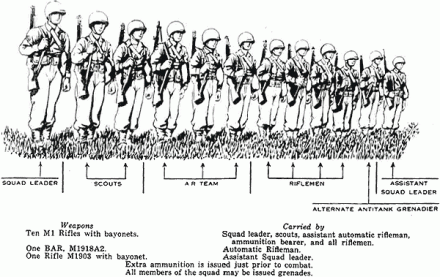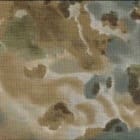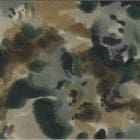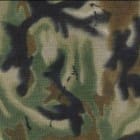Last week, SSD participated in a media roundtable concerning Army modernization. According to the Army’s top Modernization officials, one of the rejected recommendations of the “Decker-Wagner” report on acquisition reform was to change the name of PEO Soldier to ‘PEO Soldier and Small Units.’ At face value it actually makes sense, considering the Chief of Staff of the Army’s number one priority is to “unburdening the soldier and establish the squad as the decisive combat element.” That is, so long as you don’t know what PEO Soldier actually does, and that is equip the Soldier, which is the most fundamental weapon system our nation possesses. Fortunately, the Army’s leadership realized that changing the name could also change the focus and we applaud the Army for its decision.

The concern in the Army wing at the Pentagon is the perception that Army Acquisition is broke. According to LTG Bill Phillips, “The myth is, Army acquisitions can’t deliver. The truth is, we deliver for our soldiers. We’ve delivered yesterday, we deliver today and we’ll deliver tomorrow.”
MG Tony Cucolo, the Director of Force Development at the G8, spoke about several Army wins including the Double V hulled Stryker that was but a GDLS Powerpoint slide 24 months ago and has already been in the fight saving lives. The Army plans to buy a total of 760 of the vehicles, enough for two Brigades, a few spares and training and R&D.
However, we were a little disturbed by one thing. We were allowed to ask one question and it involved the Army’s impending date with destiny regarding camouflage. When we asked the panel if the Army was prepared to recapitalize all of its uniforms and Organizational Clothing and Equipment in a family of new patterns, we were answered with the General Officer version of the punt. You know…”Um yeah, we know they’re working on something down there at PEO Soldier.” They aren’t completely oblivious to the notion but the idea of fielding billions of dollars worth of personal gear over the FYDP isn’t even on their plate. Considering that the Soldier is the CSA’s number one priority, it begs the question; “Is the Army Camouflage Improvement Effort going to result in anything tangible?”






















































































































